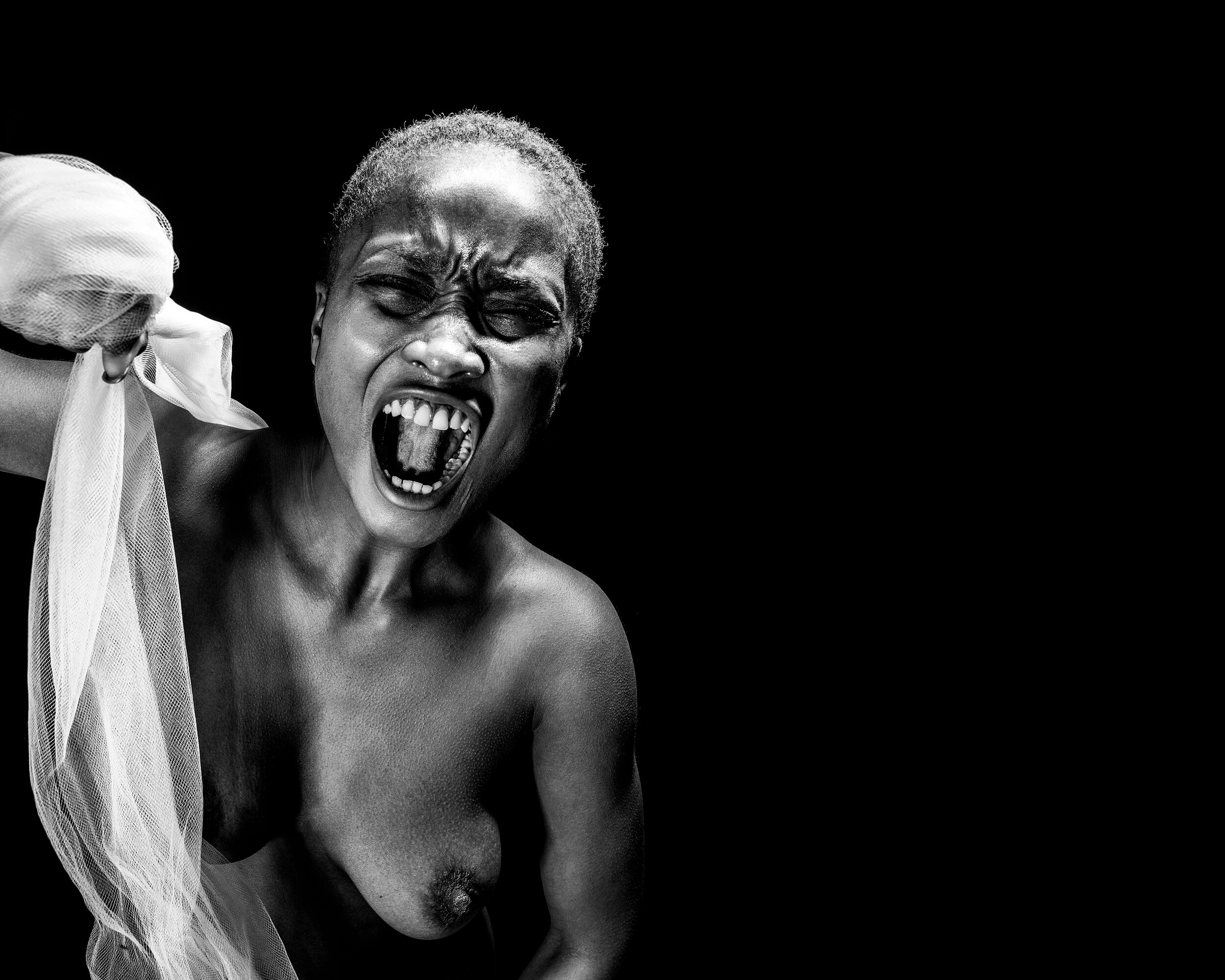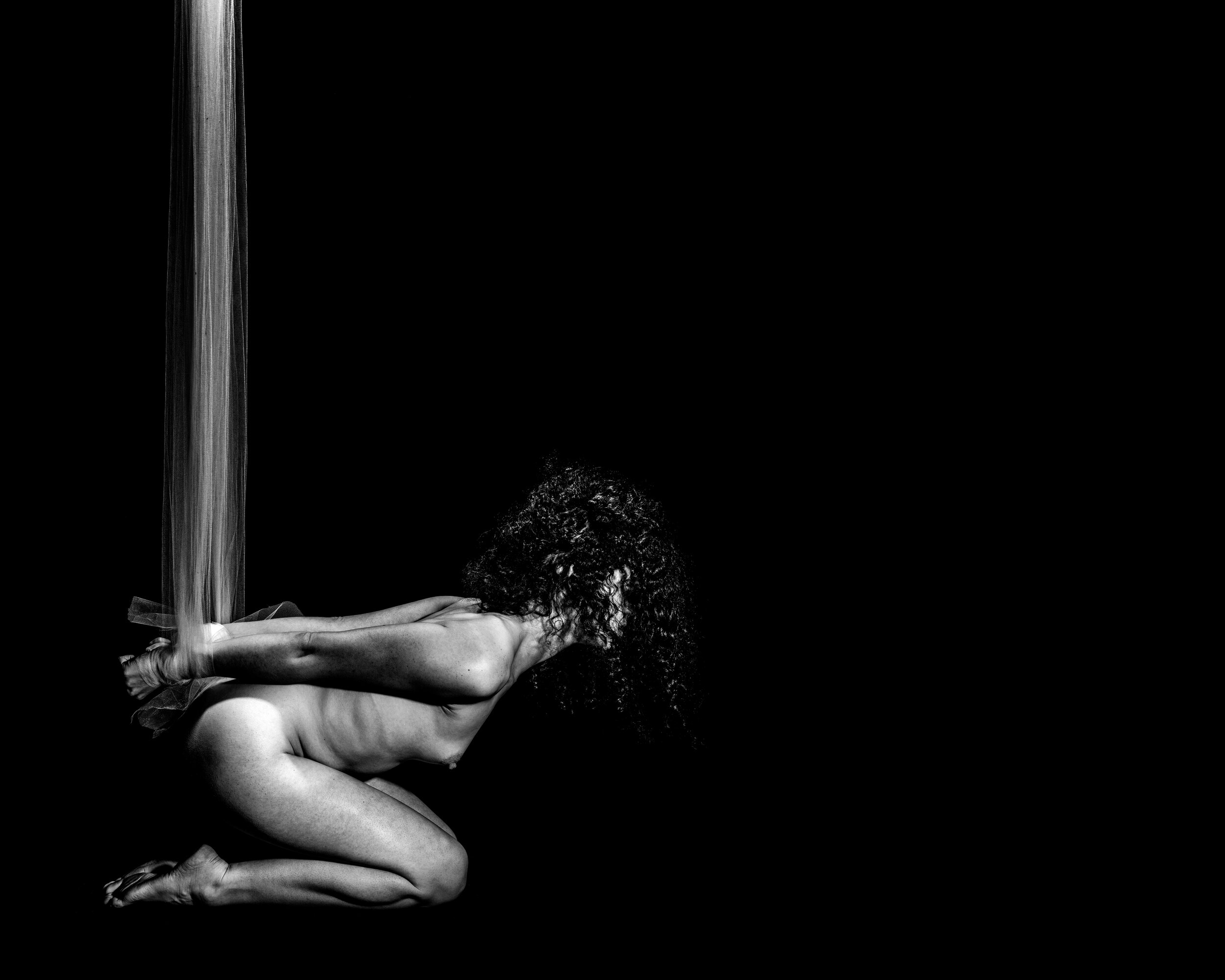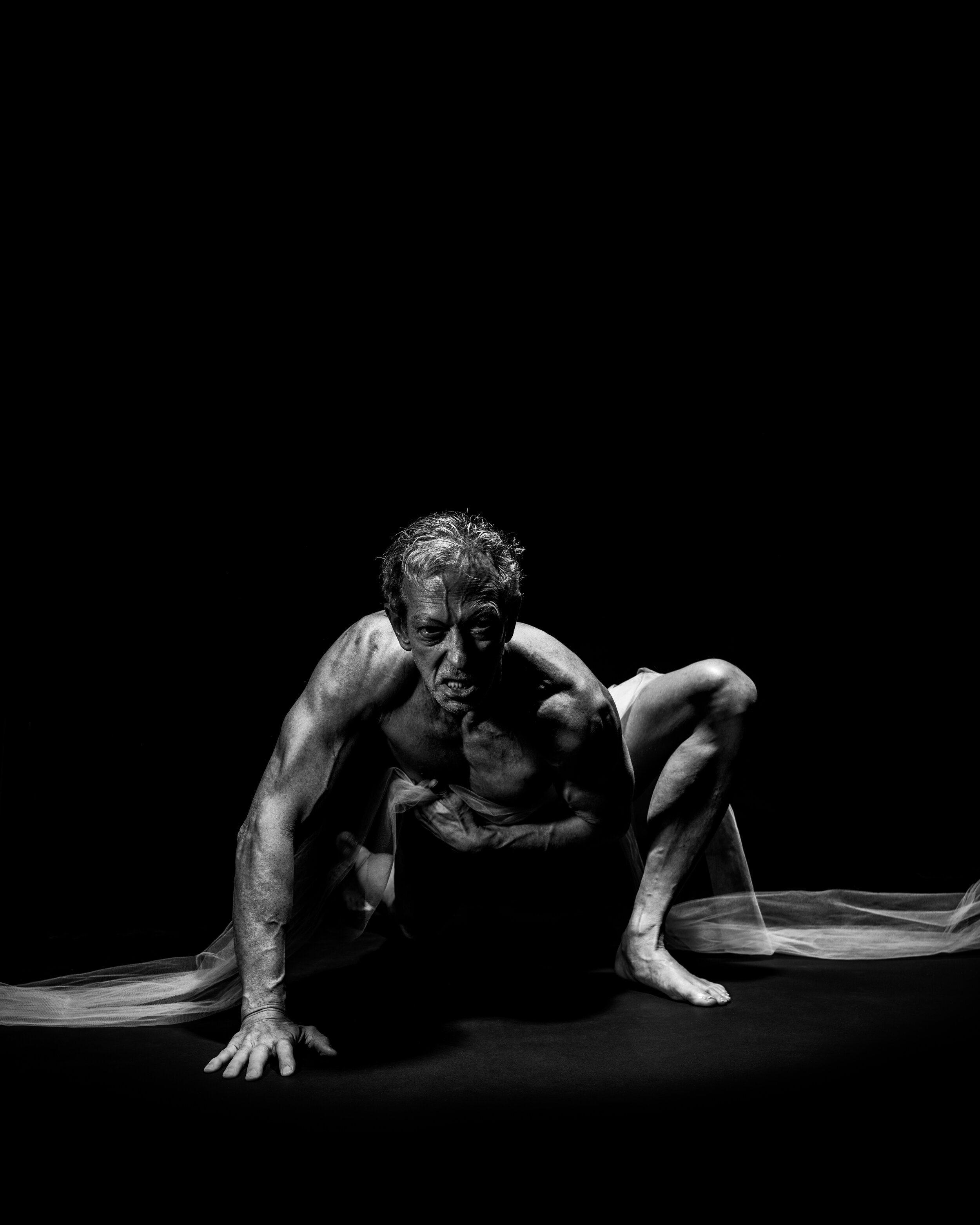“Our intuition tells us anyway that human rights have always been the product of resistance to despotism, oppression, and humiliation. Today nobody can utter these venerable articles—for example, the proposition ‘No one shall be subjected to torture or to cruel, inhuman or degrading treatment or punishment’ (Article 5 of the Universal Declaration)—without hearing the echo of the outcry of countless tortured and murdered human creatures that resonates in them. The appeal to human rights feeds off the outrage of the humiliated at the violation of their human dignity.” -Jurgen Habermas
Many of us will never come to experience torture, rape, confinement, genital mutilation, social and economic ostracism, cruel and unusual punishment, and the myriad other violations that have occurred throughout human history and continue to occur throughout the world today.

Yet it is the experience of the violation of our humanity which proves vital to realizing human dignity; we must be privy to these human experiences as they inform our sensibilities to what it is to be violated, sparking within us aversion, disgust, and sympathy, as well as calls to action.
But how does one come to know these experiences?

Lacking first-hand experience, it is only through empathy we are able to develop an understanding of what it means to endure cruel, degrading, and inhuman treatment.
Further still, the philosopher Martha Nussbaum writes,
“reconstructing in my own mind the experience of another, I get a sense of what it means for her to suffer that way, and this may make me more likely to see her prospects as similar to my own, and of concern in part for that reason.”

It is in this way that empathy may provide us the ability to not only discover our shared humanity, but also our shared dignity.
And that is what this project hopes to do: draw out the empathy of the viewer through the use of emotive and figurative photography to share the experience of indignity in order to define human dignity itself …
